Beyond foldables: Where Microsoft is headed with Windows 10X
Windows 10X is an OS for foldable PCs, but that's not where the story ends.
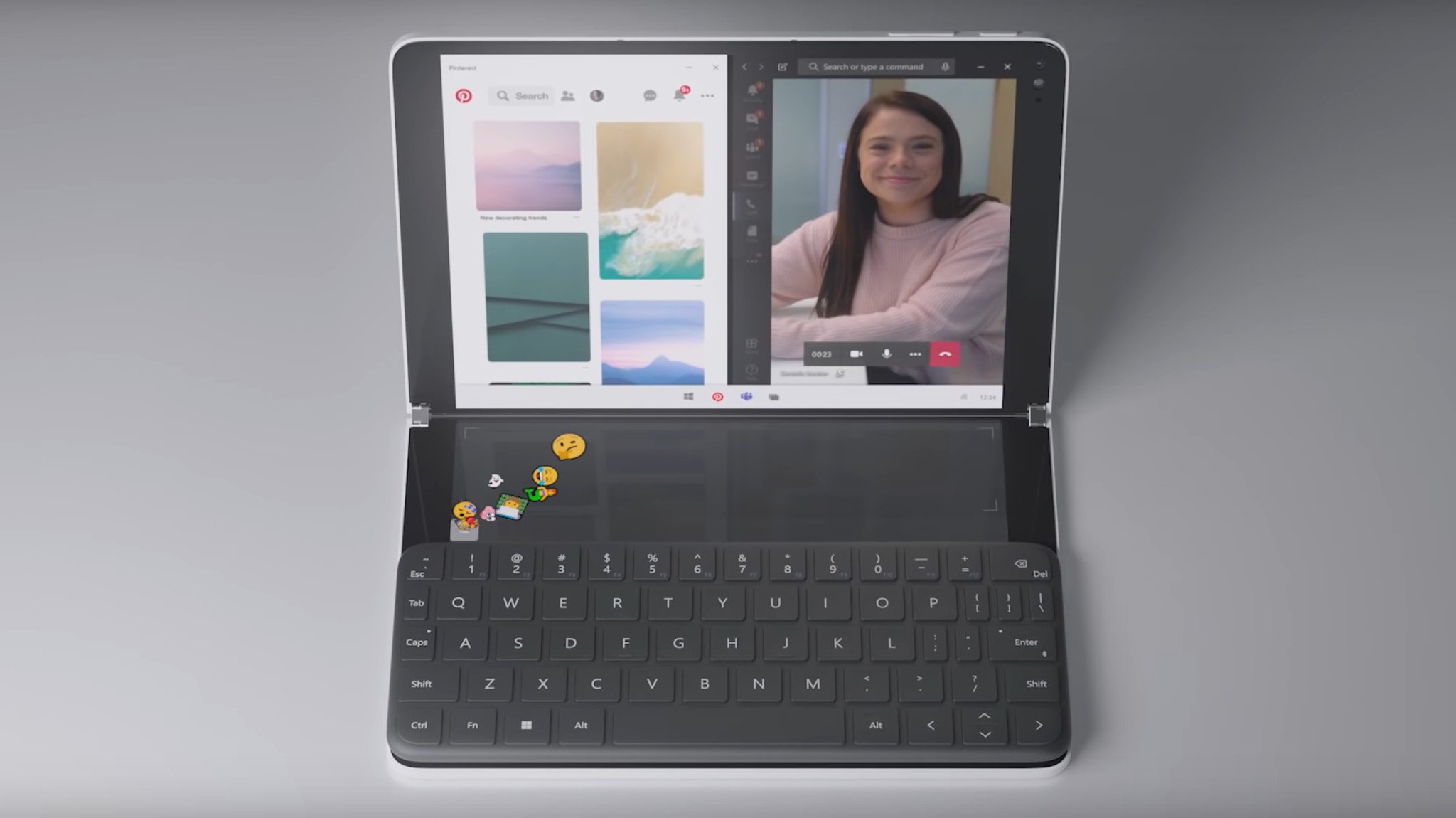
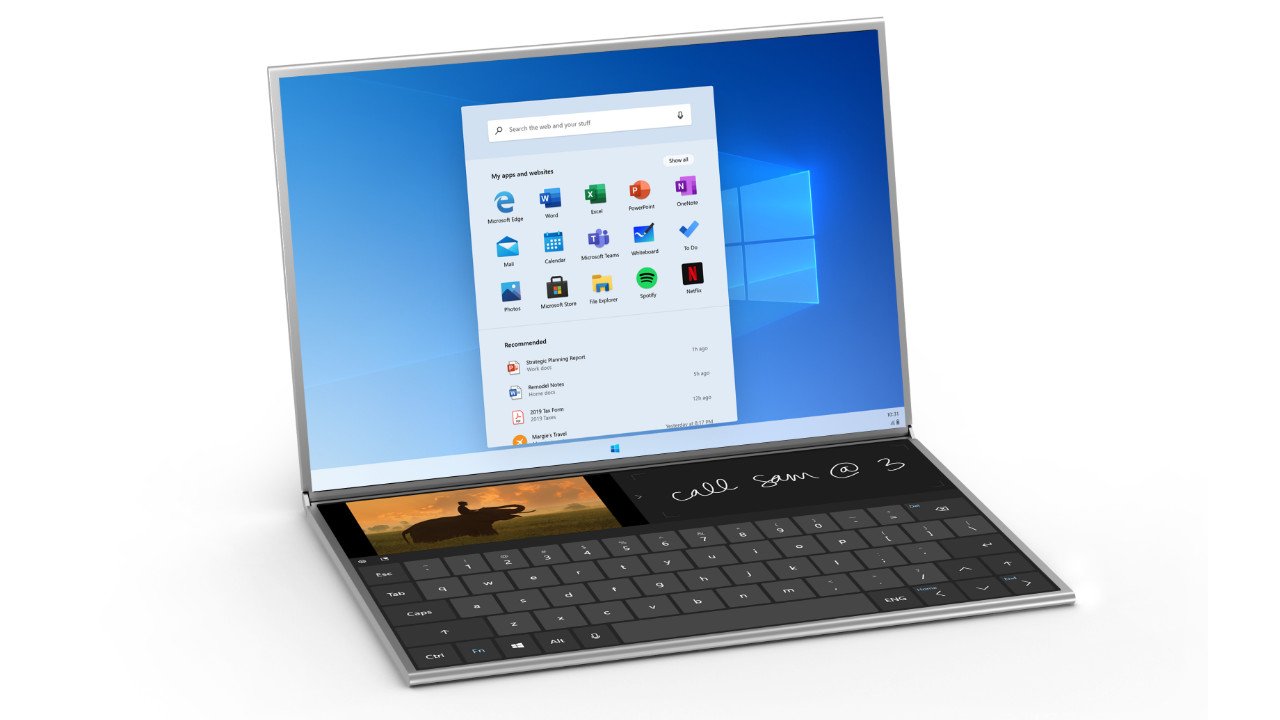
Last week, Microsoft announced Windows 10X, a new version of Windows 10 that it says is designed specifically for foldable PCs in both dual-screen and single-screen configurations. Devices like the Surface Neo and Lenovo's foldable ThinkPad X1 will be some of the first devices to ship with this new version of Windows, and it'll be exclusive to this form factor at launch.
But what about more traditional form factors like laptops or tablets? Can we expect to see Windows 10X on those devices in the future? Microsoft is remaining tight-lipped around its plans for Windows 10X beyond foldable PCs. Still, we know that there is a plan to roll-out Windows 10X to more device form factors in the future, with the (long term) end-goal of Windows 10X becoming the new default version of Windows for most people.
Pegasus: Bringing Windows 10X to traditional form factors
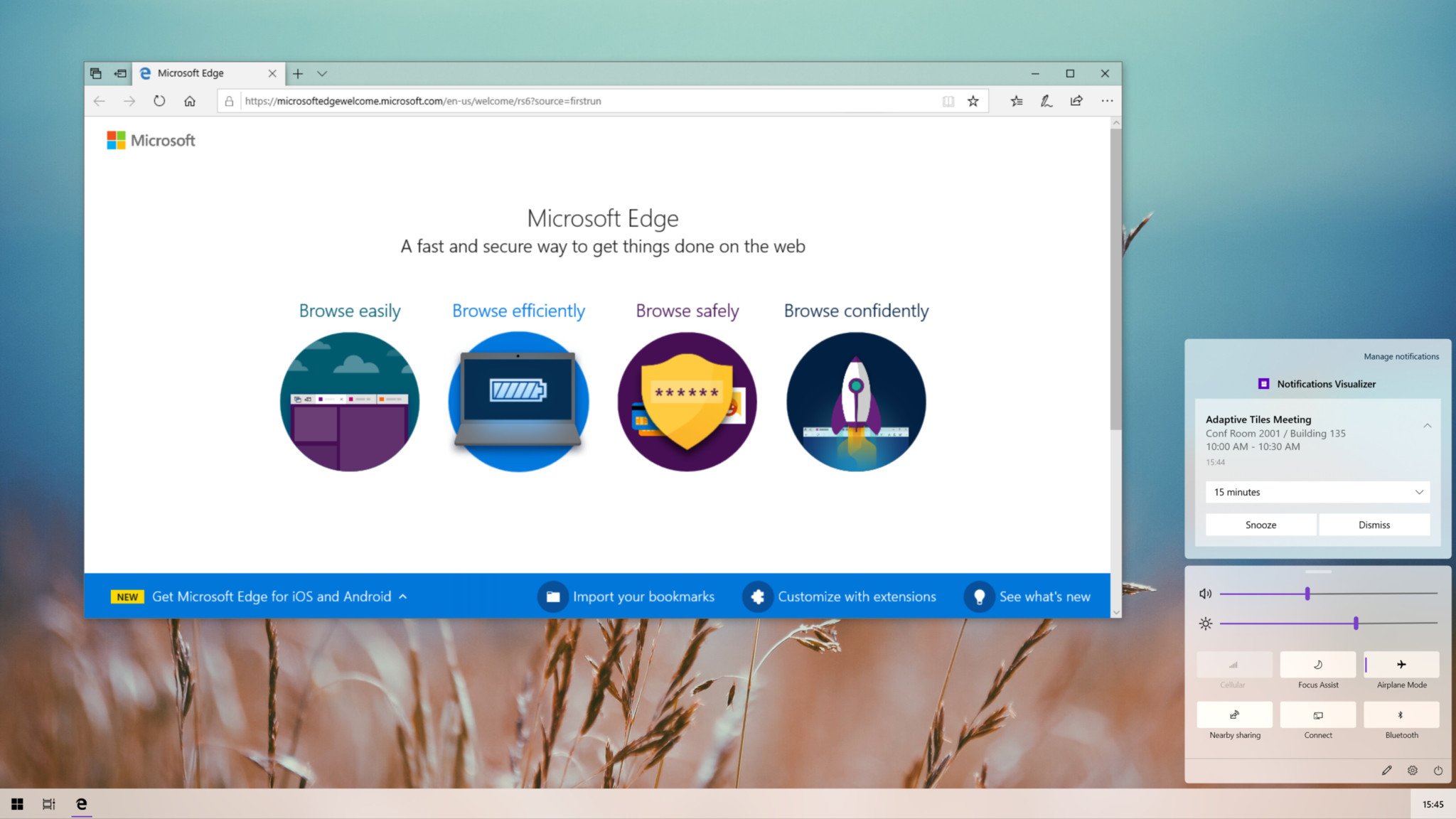
Rough mockup of what Windows 10X looks like in "desktop mode."
Codenamed Pegasus, this project aims to bring Windows 10X and its unique user interface to traditional laptop and tablet form factors. While I don't expect Windows 10X will ever be something offered to existing Windows 10 users as an upgrade, Microsoft is planning to allow OEMs to pre-load Windows 10X onto new devices that aren't foldables.
This will be an important milestone for Windows 10X, as it'll be the point in which this platform moves from being a niche alternative to Windows 10. In its current form, Microsoft does not expect Windows 10X to take over as the primary version of Windows, and that's because the foldable PC market isn't expected to be huge. Most people will still want to use traditional laptops and tablets, which is why Microsoft must get Windows 10X running on those form factors as well.
Windows 10X is more than just a facelift for dual-screen PCs; it's a new, modern version of Windows that's been rebuilt from the ground up with performance and modern computing in mind. It doesn't suffer from "win-rot," for example, a term coined by users who find Windows slows down over time by installing programs. It features a faster Windows Update system that's less intruding and a modern user interface that guts legacy elements such as the Control Panel as well.
The Pegasus project also allows Microsoft to position Windows 10X as a Chrome OS competitor, something it had initially envisioned when first starting work on Windows 10X. Until this new version of Windows can run on clamshells, it has no chance of competing in the education market. So the question is, why hasn't Microsoft started talking about these plans? It's super weird to announce a new version of Windows specifically for foldable PCs, a market that's going to be super niche.
Get the Windows Central Newsletter
All the latest news, reviews, and guides for Windows and Xbox diehards.
Mixed messaging
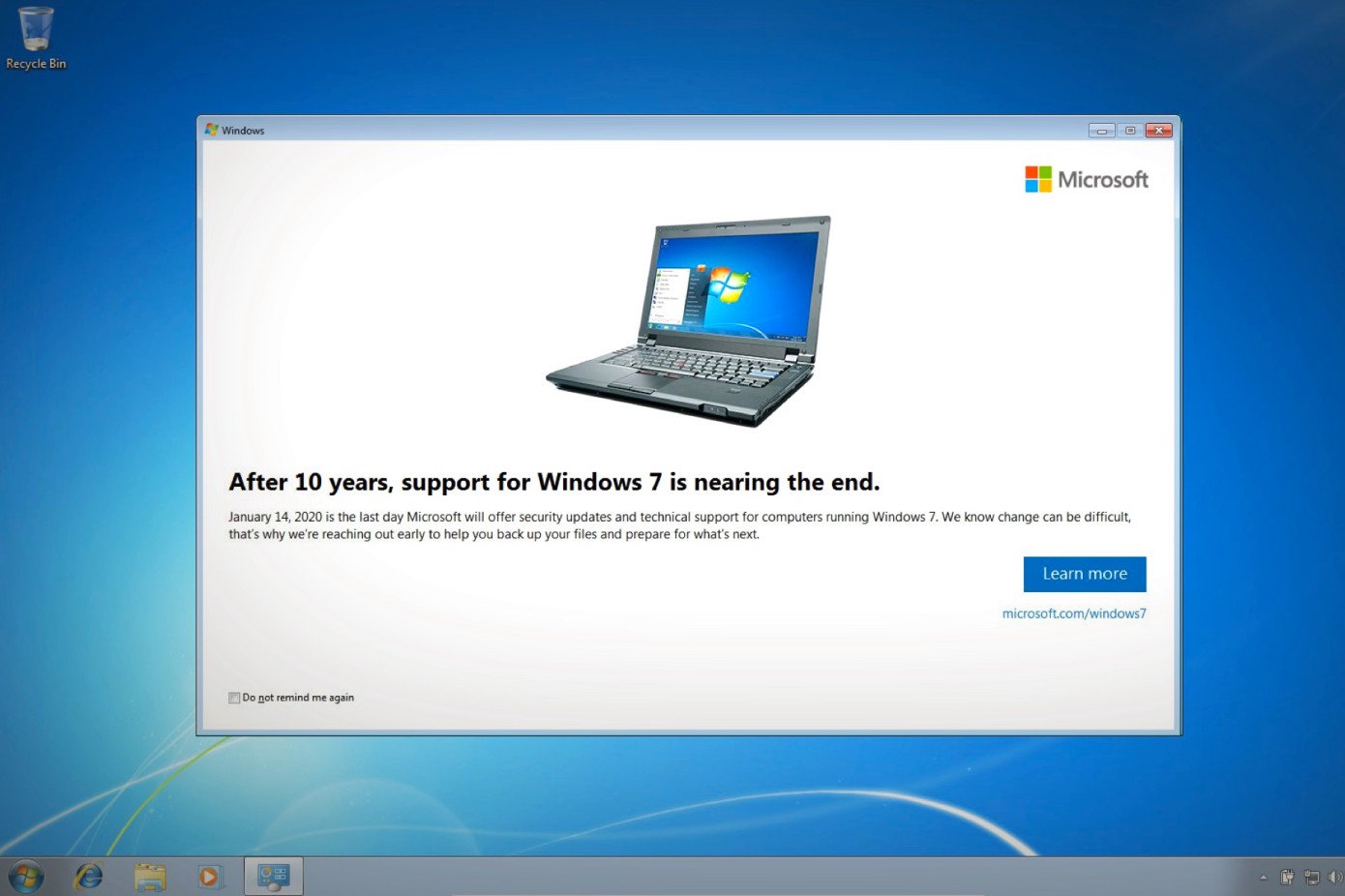
I think the reason for this evolves around Microsoft's need to get Windows 7 users moved over to Windows 10. It would send mixed messages for Microsoft to announce Windows 10X as a new version of Windows for everybody, while also asking Windows 7 users to upgrade to Windows 10. It's more important for Microsoft right now to get Windows 7 users upgraded to Windows 10, before trying to push Windows 10X as a new version of Windows for everyone.
Windows 10 itself isn't going away, and that won't change when the Pegasus project takes off. Microsoft sees two distinct markets for both Windows 10 and Windows 10X. Windows 10 is for professionals, creatives, and gamers. Windows 10X is for everyone else. Windows 10 is the heavyweight platform that will be an option for those who need it, and Windows 10X is the option for everyone else.
There are currently 900 million Windows 10 users in the world, and none of those users will be able to upgrade to Windows 10X on their existing devices. It won't ever be offered as an OS update, so users can relax if they won't want Windows 10X. The only way for users to get Windows 10X is to buy a PC that comes with it preinstalled, just like how those who want to use Chrome OS have to obtain a Chrome OS device to do so. This is why Pegasus is important.
Putting Windows 10X on traditional form factors will open the platform up to new buyers who aren't interested in foldables. This does rely on users willing to upgrade their devices, which happens very infrequently in the PC world. As a result, Windows 10X is going to be an incredibly slow burn for Microsoft, especially if it wants Windows 10X to become the dominant version of Windows in the future.
It's all Windows 10
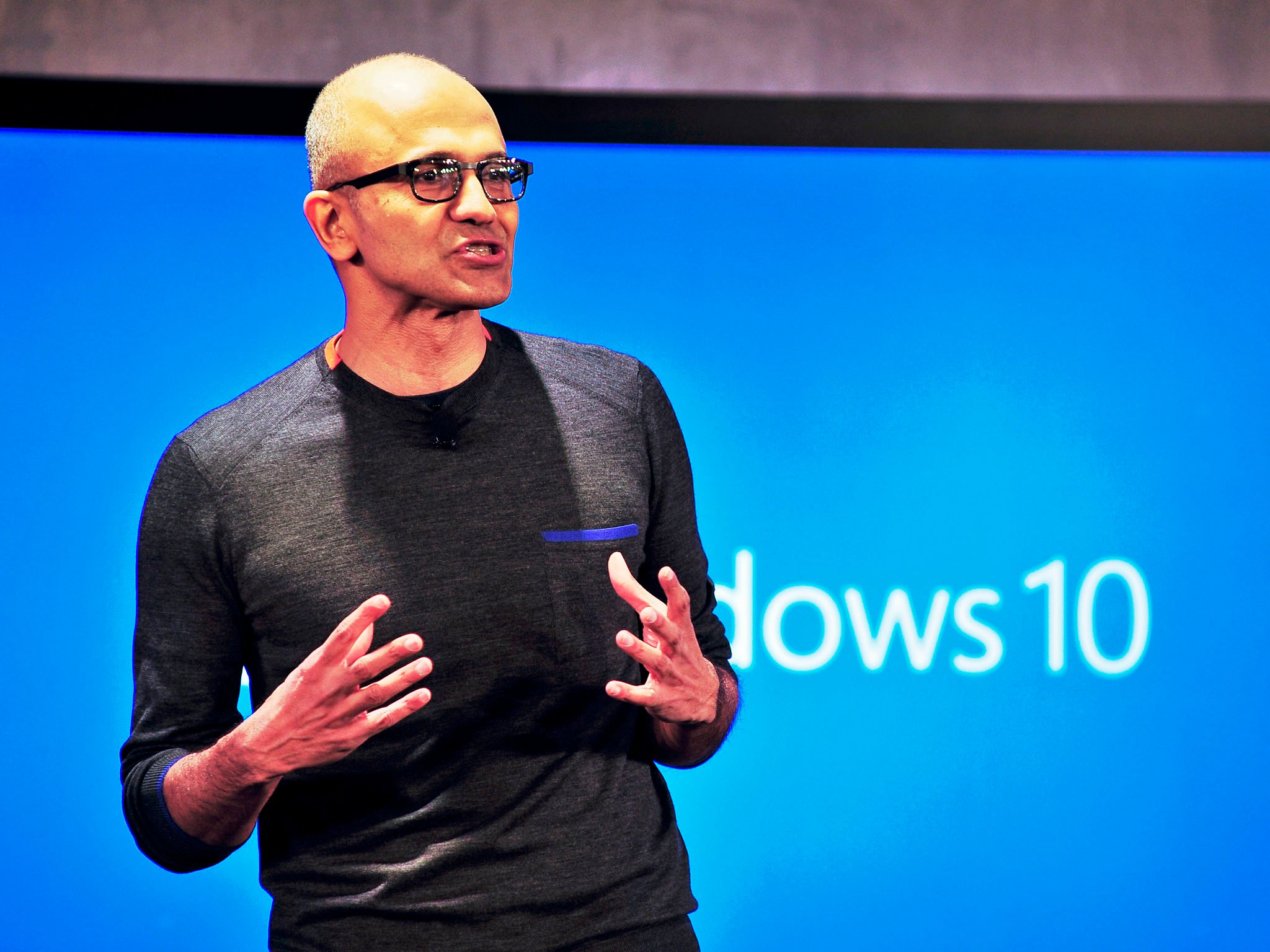
Windows 10X is still Windows 10 at the end of the day. It runs all the same programs, just with a lighter OS under the hood, and better UX up top. The existing version of Windows 10 is going to be here for a long time, and Microsoft knows this. Windows 10 and Windows 10X will exist in unison, and over the next decade, Microsoft hopes that Windows 10X will slowly become the version of Windows most people use.
I don't have any insight as to when Microsoft will start allowing OEMs to build non-foldable Windows 10X PCs, but I'd have to assume it will be after the platform launches on foldable PCs at the end of next year. We'll have to wait and see.

